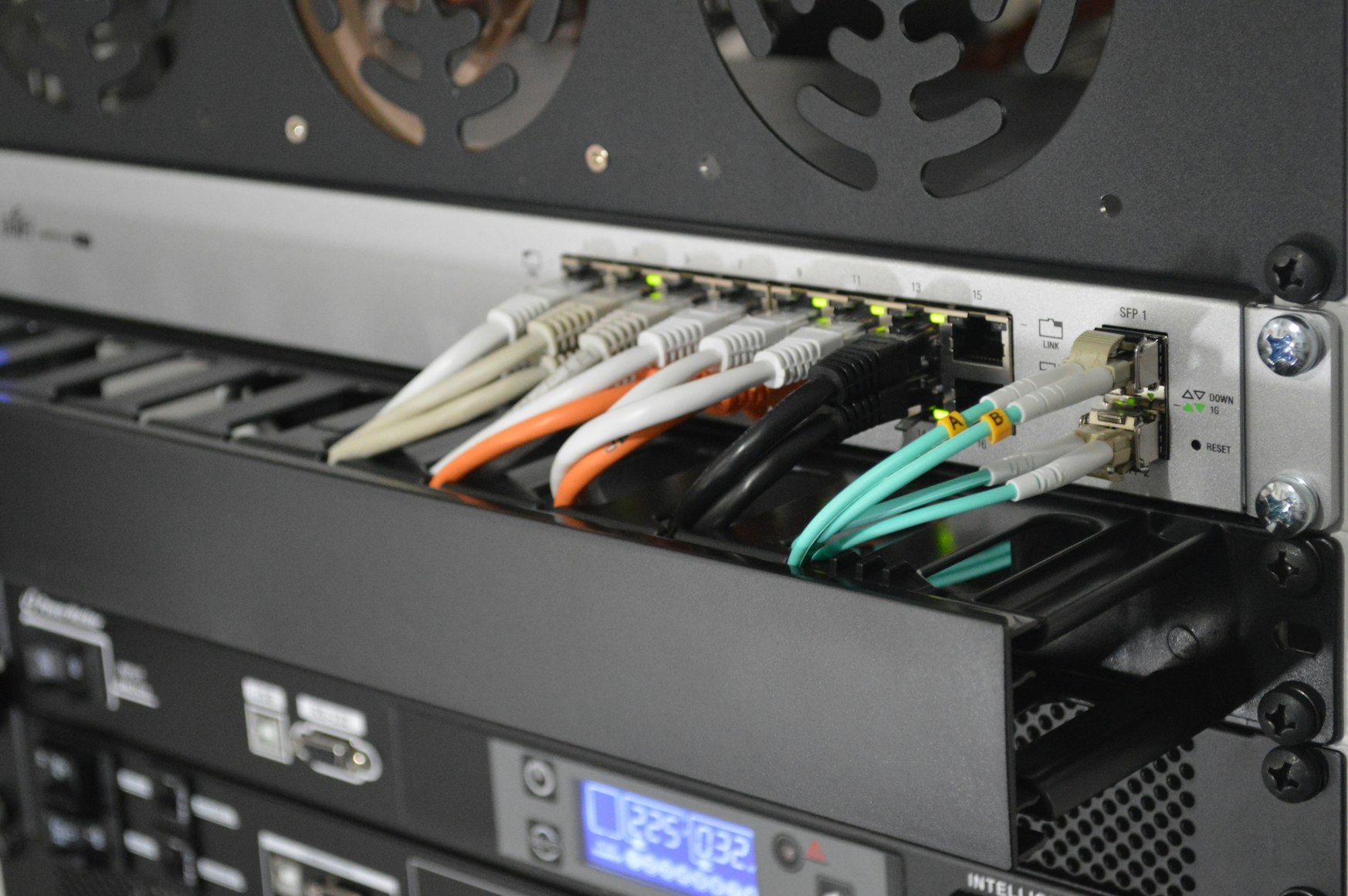
Netboot.xyz efficient pxe booting
Network booting has become an invaluable tool for managing and deploying systems efficiently. A versatile network booting solutions available is netboot.xyz, which allows you to boot your computer from a network server using a variety of operating systems or utilities. At its core, netboot.xyz is an elegant solution that leverages the iPXE project to offer a user-friendly, BIOS-integrated menu, enabling seamless selection from a plethora of operating systems, versions, and bootable utilities - all from a singular, network-based tool....

